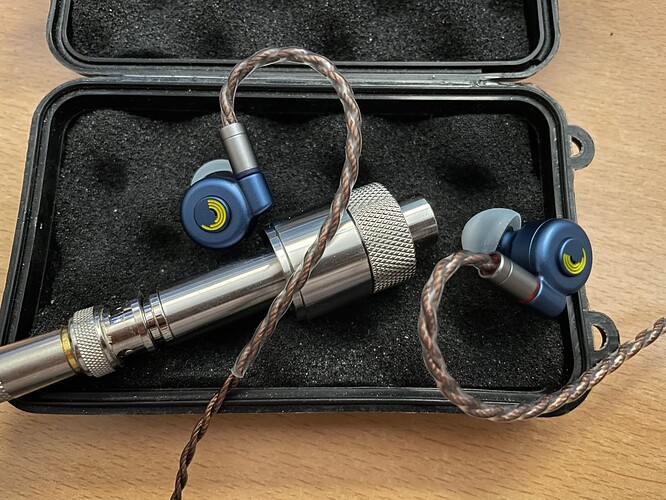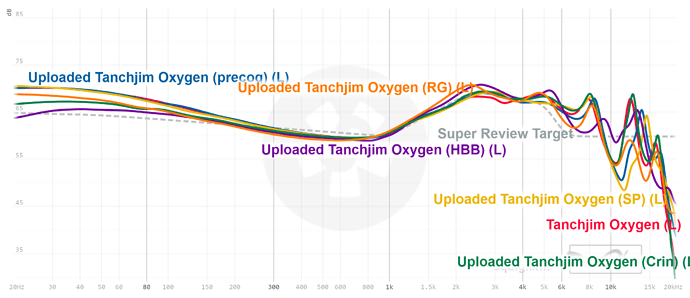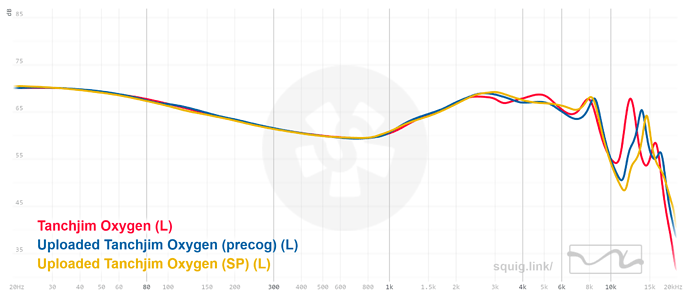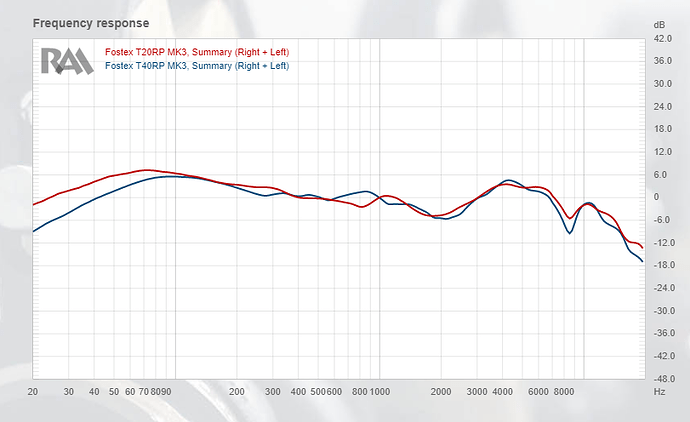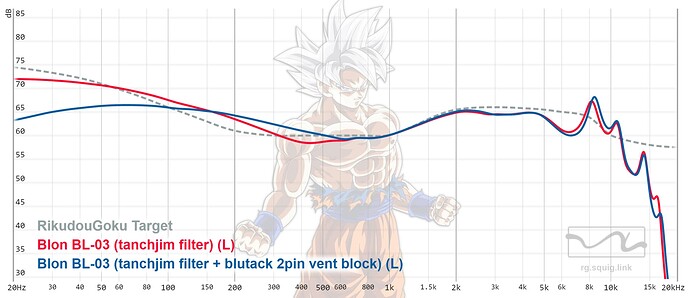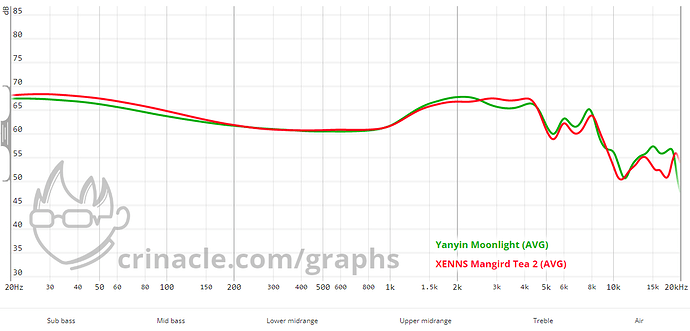Nope. You would also get different reading due to couplers differences.
Ah, didn’t think about that part. Thanks for the answer.
I agree. Letshuoer did a great job again with the D13. Have you tried the brass (treble) nozzles? They do bring some spice to the upper frequency range.
Like in the Tipsy Tromso these 13mm DDs bring some kind of special sauce with them.
The best you can do is to compare squigs of the same sets, in order to understand how the couplers read differently, then approximate the set you want to compare.
I’ve done that with the Penon Vortex to get a very rough idea of what the signature could look like, compared to more popular sets.
I’m unsure what it sounds like to have such an early gain region. I’m wondering there’s anything else I’ve tried that had that?
I have yet to try the “Spicy Gold” filter; will probably start running that next week!
@rattlingblanketwoman The only other unit I’ve had with a similar pinna peak is the Thieaudio Legacy 3, which was…fine. I don’t know that I hear much of a difference shifting from 2K-3K and inbetween, as much as I do with sheer gain quantity. That being said, I’m not a certified “Midhead” so YMMV.
There is a way but it requires google chrome, notepad and some hackerman skills.

The main difference between graphs would be
- Tips used.
- Insertion depth.
- Unit variance.
MRS, Precog and SP (mine) units from the same revision but measured with different tips ( i guess. iec711 clones not quite accurate past 10kHz).
Is there a cheaper alternative to 64 Audio Tia Trio? Or will a 1+ years old used unit last long enough? I really like the sound but paying 1800USD for it is tough to swallow.
I tried the “spicy gold” nozzle/filters on the D13, and I think the extra mids help offset the warmth a bit. It still keeps the same character, but with a little more perceived detail and clarity. These are probably staying on long term.
@Rikudou_Goku you may appreciate this. I was doing some tip rolling on my Vortex today trying to bring more sub bass out and I had an idea to mess with the rear vent instead. I noticed that if I covered the rear vent bass went way down so i decided to take off the filter that definitely brought the bass in your face! Its by no means basshead levels but its way more present than before now!
I still need to get a rig to measure these changes but I see how one can get lost in modding
oh, that aint new info. More seal at the back vent will result in less bass and less seal will be more bass. Its the opposite of the inner/front vent basically. Its a common way of tuning, especially for headphones and earbuds.
Here are some examples.
The back vent serves as a bass port/vent basically. (like in subwoofers, they usually have a vent at the back for this exact purpose (or a bass radiator if they are very small and dont have a port))
Apologies if my post came across as me discovering something new! I thought to try it because you shared the above info when I was trying to squeeze more bass out of the Olina too so thank you!
The vortex only has one vent so I wasn’t sure which way it would go by removing the filter but now I know!
haha, dont worry.
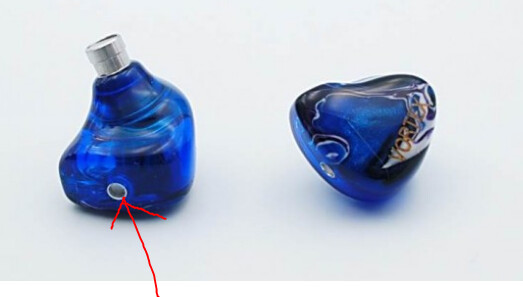
That does look like it would act like a back vent. There could be one built into the 2pin connector as well, like on the GS Audio iems. While im guessing that the nozzle is acting like the front vent.
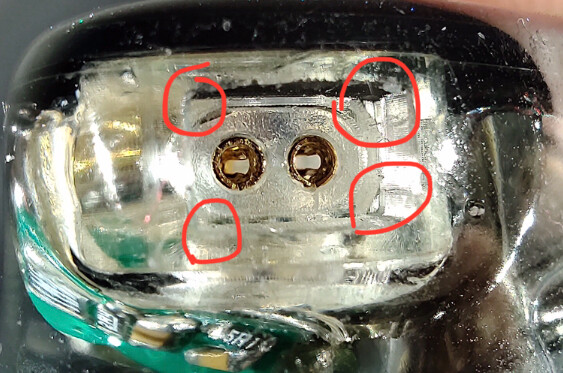
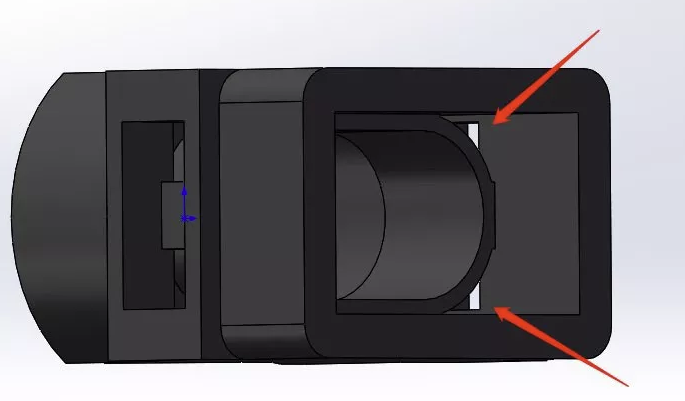
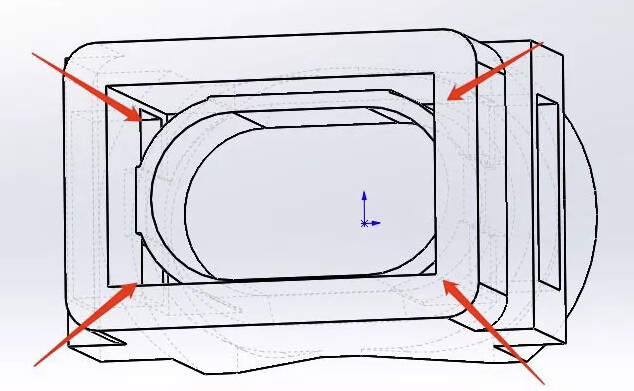
If you want to reduce the bass, another way would be to put something in between the nozzle and the tip stem, so you make a gap in it.
Or, to make a hole in the tip stem.
Well that’s an interesting trick with the tip stem. I never would have guessed some IEMs have vents in the 2 pin.
I also put a tanchjim filter on the nozzle to further boost bass but I didn’t like how it affected the upper frequencies
Yeah, if you mess with the nozzle, its primarily going to affect the 2-5k area. Bass boosting is usually done by blocking the inner vent and/or lowering the seal on the outer vent. The downside with blocking the vents however, is that pressure build up can appear, if it does you can lessen it with micropore tape instead of a full seal.
How does the Yanyin Moonlight compare to the Mangird Tea 2? I came across a post that very highly praised the Moonlight, and I’m quite curious.
The graphs seem similar, but as I’m new to the hobby, I have no idea how to interpret the differences, nor do I know what adding 2est for a tribrid does. The only issue I have with the Tea 2 is the fit (gets uncomfortable after a while because of its size) and some songs come off as a bit dull & boring. I’m not sure if I want to throw in $300 just for some minor change I can barely hear though.
Those types of tunings beg for volume to be raised. I’m more into slightly U shape tunings ![]()
I was noticing how similar they were just yesterday - EST usually means you hear more treble than is graphed, but these do both look “inoffensive and perhaps not punchy enough”. I’ll have to hear the Moonlight for myself soon, never heard Tea 2. Just riding off graphs.
Ah I see, well I don’t particularly like more treble so I think I’m good hahah. I wish there were more variety in the $300 range of IEMs. Blessing Dusk 2 were too bright for me, and while I do like the Mangird Tea 2, they really are a slight bit too safe and inoffensive. It’s good if I tune out everything and focus on the details, but a bit more bass and brightness would be nice hahah
Definitely seems to be the case hahah. Slightly more U-shaped would be nice for some fun

